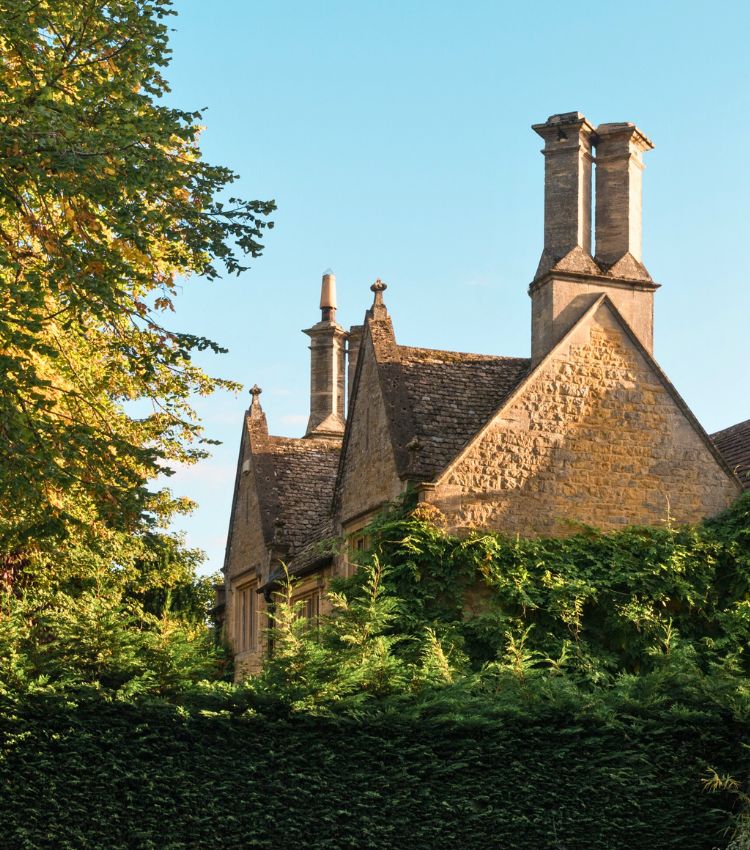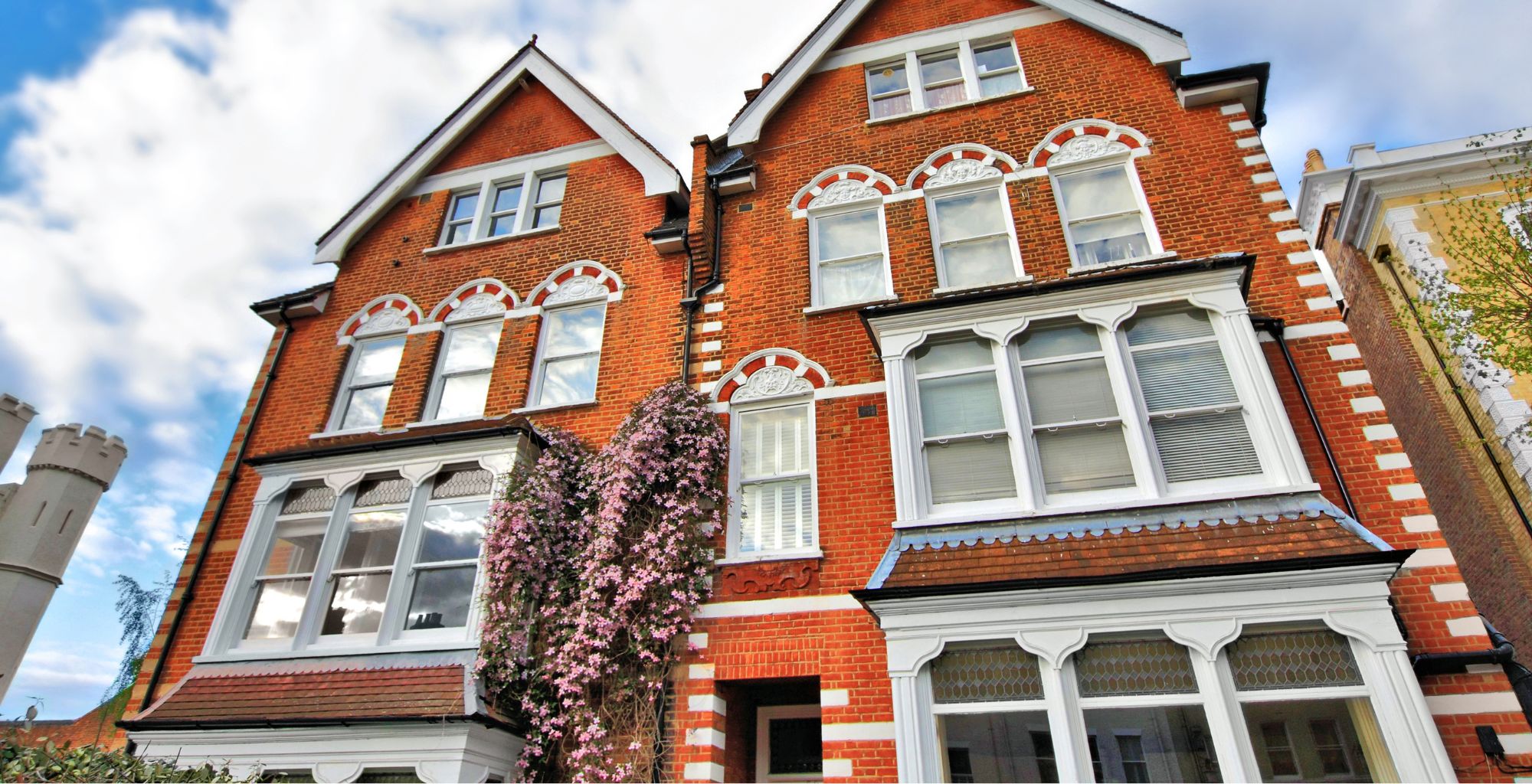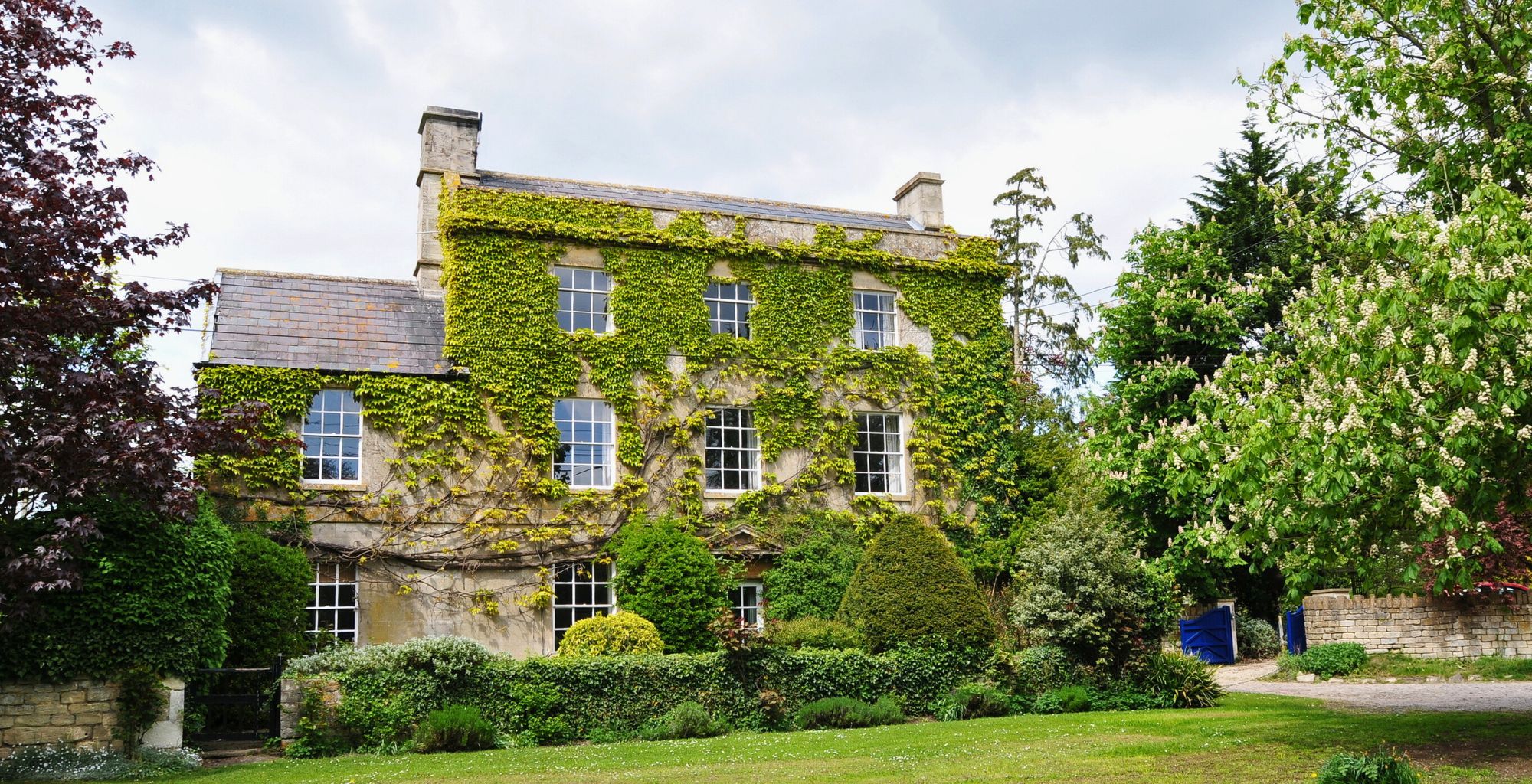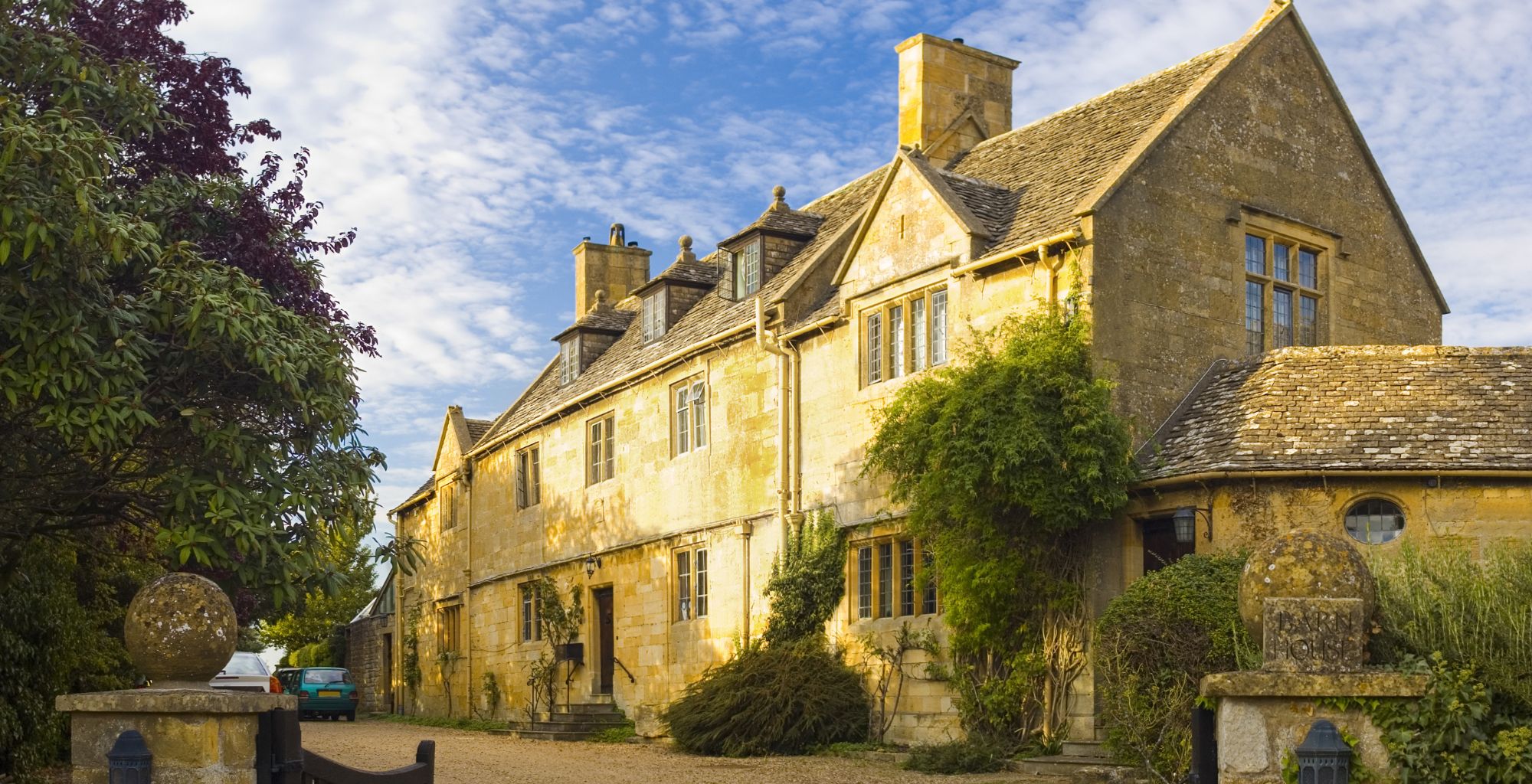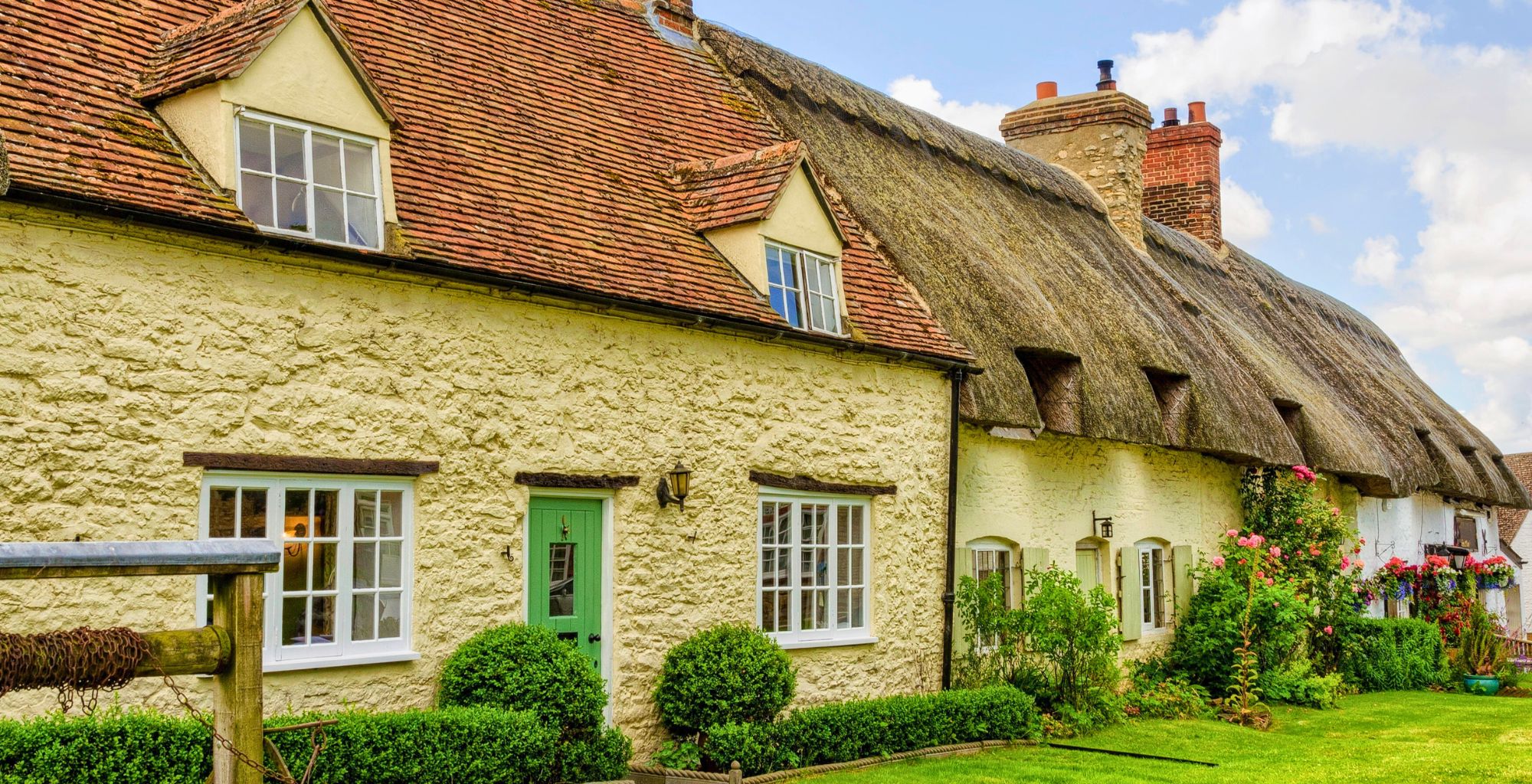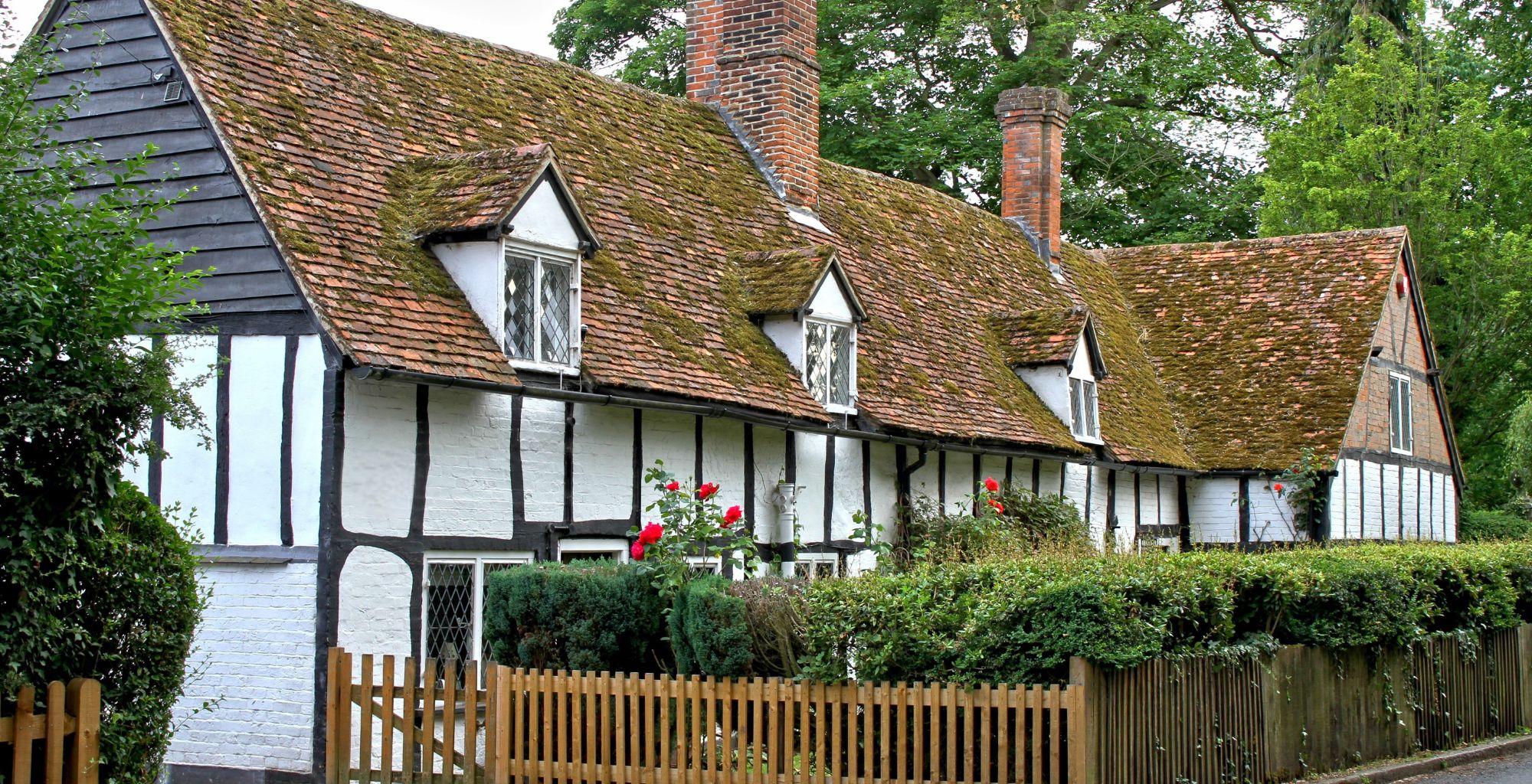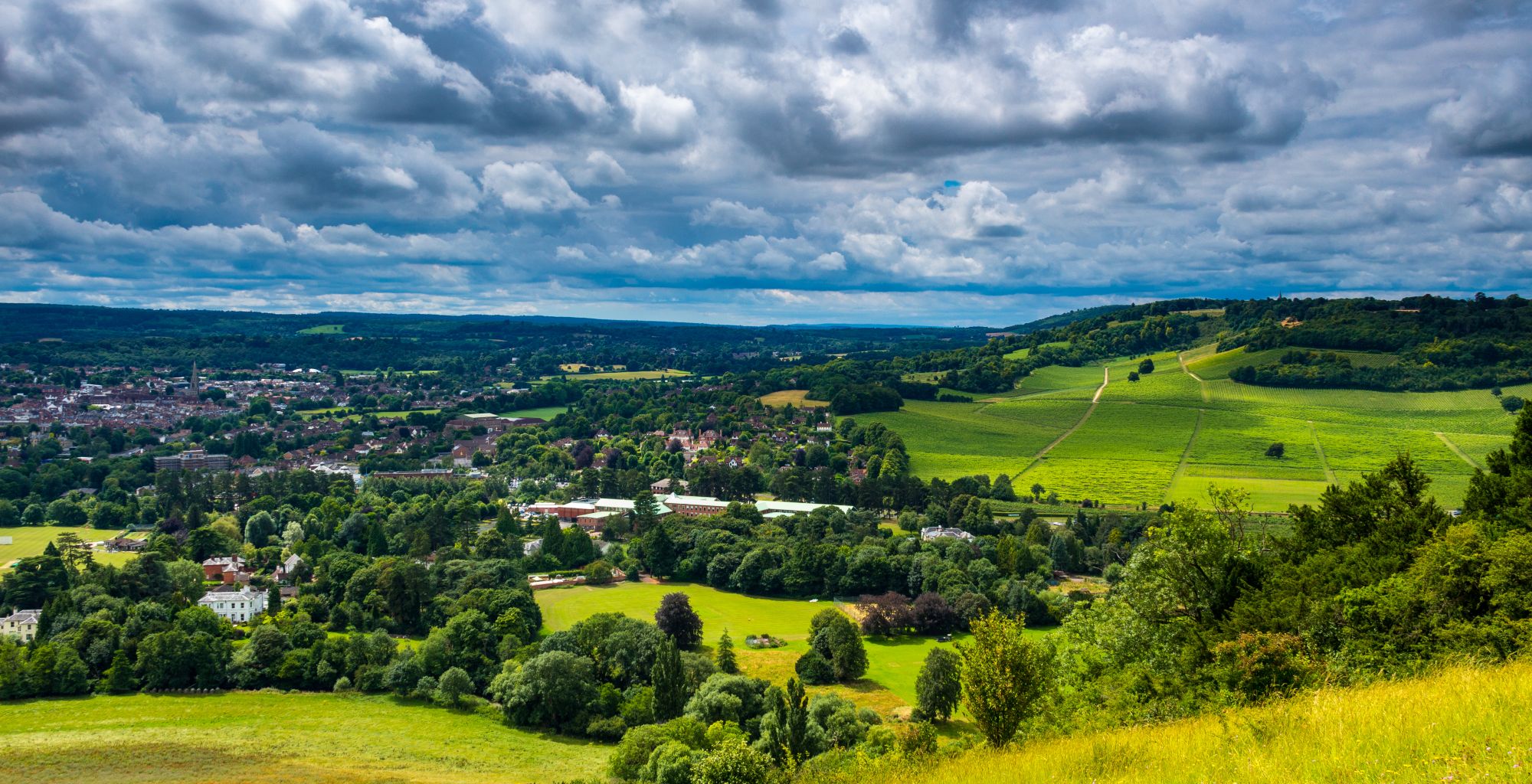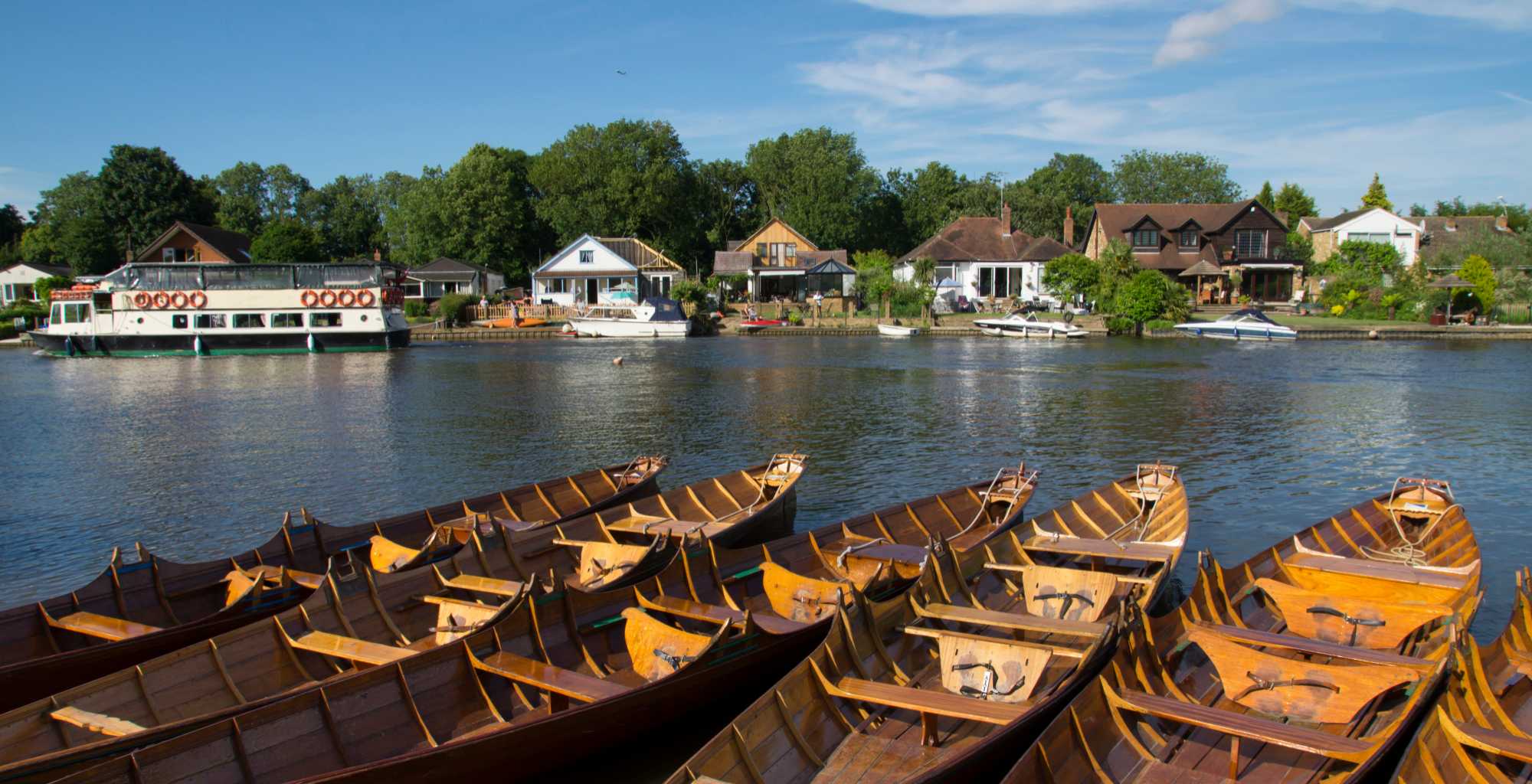Are you looking for the best places to live in Oxfordshire to focus your property search? From bustling market...
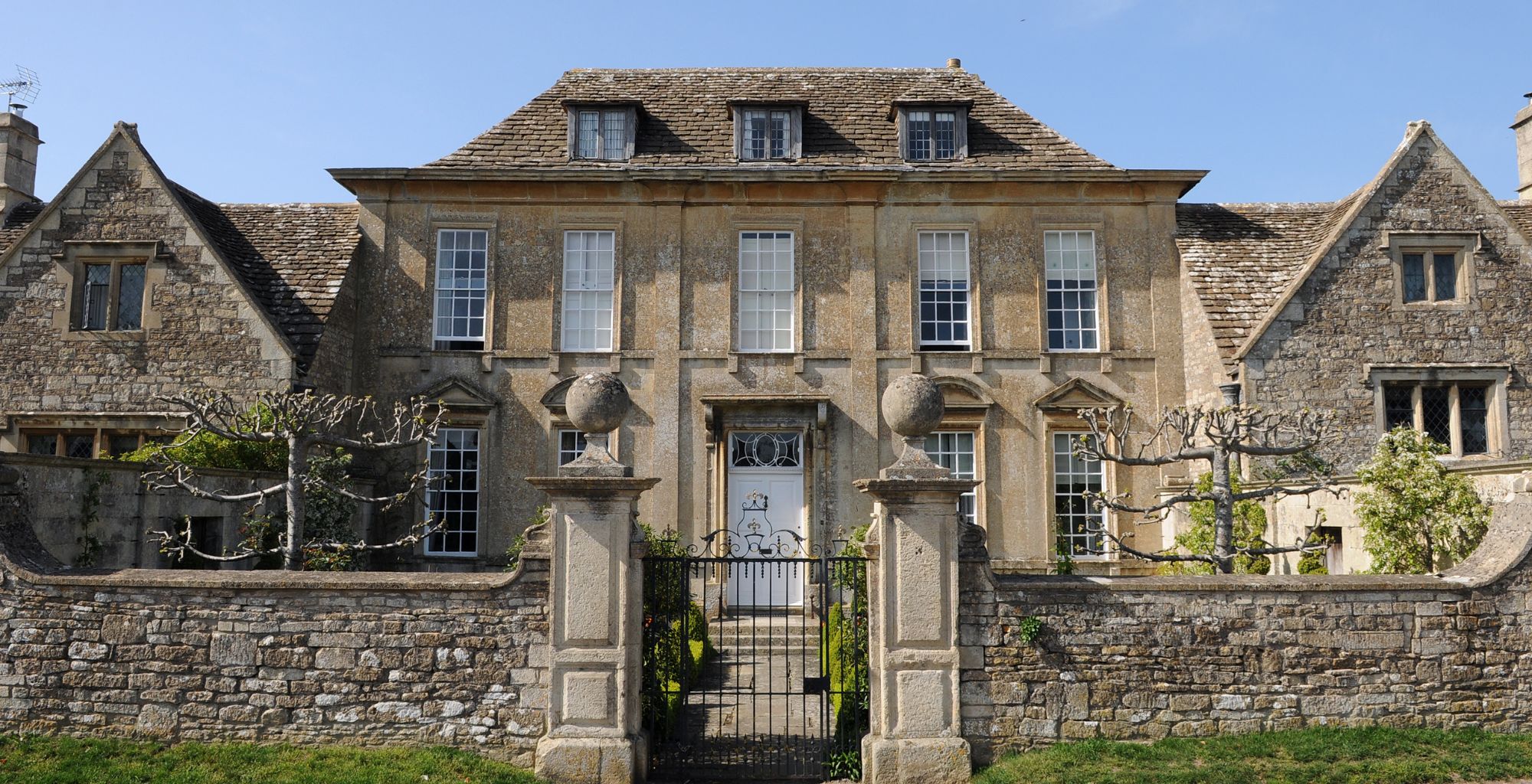
Buying an old property: What to look for and key considerations
Many dream of buying an old property with period features in every room and an exterior that could be on a postcard.
However, as charming as a property may appear in photos, it’s important to take a closer look before committing to a purchase.
While the property’s history may be appealing there could be factors that might prove costly in the long run.
Therefore, if you are thinking of buying an old property, understanding what to look for, the right questions to ask, and the maintenance required can help avoid costly surprises further down the line.
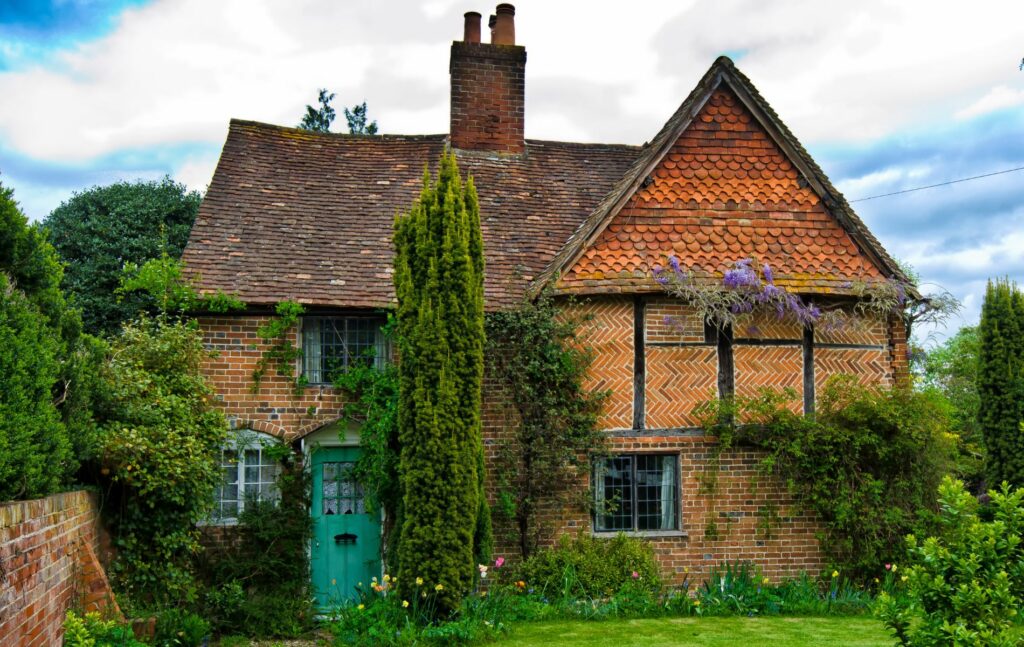
What to look out for when buying an old property
When viewing older properties, try to distinguish between original period features and modern imitations. While replicas may look aesthetically pleasing, they do not offer the same authenticity or historical value.
Sellers may have covered original features, so look for signs such as boarded-up fireplaces or false ceilings.
Be prepared for there potentially being a draught, the floors might not be perfectly level and there might be cracks in the paintwork. Not all cracks are a worry in older properties, some small cracks are to be expected, larger cracks may be a cause for concern.
With properties that have been standing and lived in for over 50 years, you should expect some wear and tear.
Additionally, original windows may add character but can be energy inefficient. Check whether they have been professionally restored or replaced with heritage-style double glazing.
Older roofs often require significant maintenance. Ask when it was last replaced or repaired. Likewise, damp and timber issues—such as rising damp, rot, or woodworm—should be investigated, particularly in properties with exposed beams or timber frames.
Questions to ask when buying an older house
Once you’ve found a property that you’re interested in it’s a good idea to do some background research on the property. Some information can be found online, such as when the property was last sold or any planning applications submitted. During the viewing, consider the following:
- Have any structural surveys been carried out recently?
- What significant repairs have been undertaken, and were they done by accredited professionals?
- Are there damp issues or subsidence risks?
- What heating system does the property have? Older properties may lack modern energy-efficient systems, leading to higher running costs.
- Are there planning restrictions? If the property is in a conservation area or is a listed building, certain works may require additional permissions.
A solicitor will confirm legal details, but a proactive approach will help identify potential concerns early on.
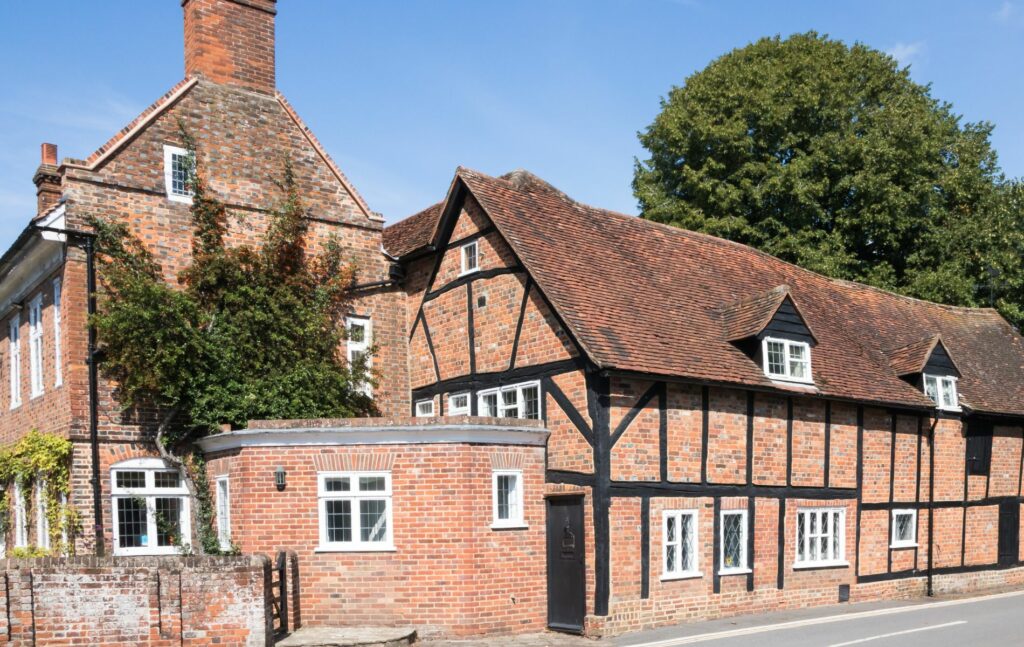
Buying an old property to refurbish
Whilst buying a property that you can make your own might be your dream, be aware of the hurdles that stand between you buying the property and completing any works.
You can do a lot of research before you seriously consider a property.
As property finders we conduct thorough due diligence on all properties for consideration especially if our client is seeking a property to refurbish as any major works will likely require planning permissions.
You can check Historic England’s National Heritage List to confirm if the property is Grade I, II, or II* listed, as this will impact what modifications can be made. Local council websites provide details on planning restrictions within conservation areas.
Additionally, research local planning applications to understand what modifications are typically approved. If significant alterations are required, consulting a heritage specialist architect may be beneficial.
A professional property finder will conduct extensive research for clients looking to refurbish older homes, ensuring feasibility before proceeding with a purchase.
Financial considerations for maintaining an old property
Owning an older home often comes with unexpected expenses beyond the purchase price and basic maintenance. Understanding these potential costs can help buyers budget more accurately and avoid unexpected financial burdens.
Listed and heritage properties often require specialist home insurance, which can be significantly more expensive than standard policies. Additionally, properties built before the 1980s may contain asbestos, requiring professional removal.
Many older properties have outdated wiring, plumbing, or heating systems that may not comply with modern safety standards. Also, rural properties may have non-mains drainage systems that require upgrades or compliance with environmental regulations.
Period properties often have lower EPC ratings. Checking the Energy Performance Certificate (EPC) can provide an indication of running costs.
Retrofitting insulation or installing secondary glazing can improve efficiency and reduce long-term running costs.
Thatched or slate roofs, common in period properties, require regular maintenance and may need costly replacement. Similarly, original sash or casement windows may need repainting or restoration to prevent rot. Subsidence risks or structural deterioration may also require investment.
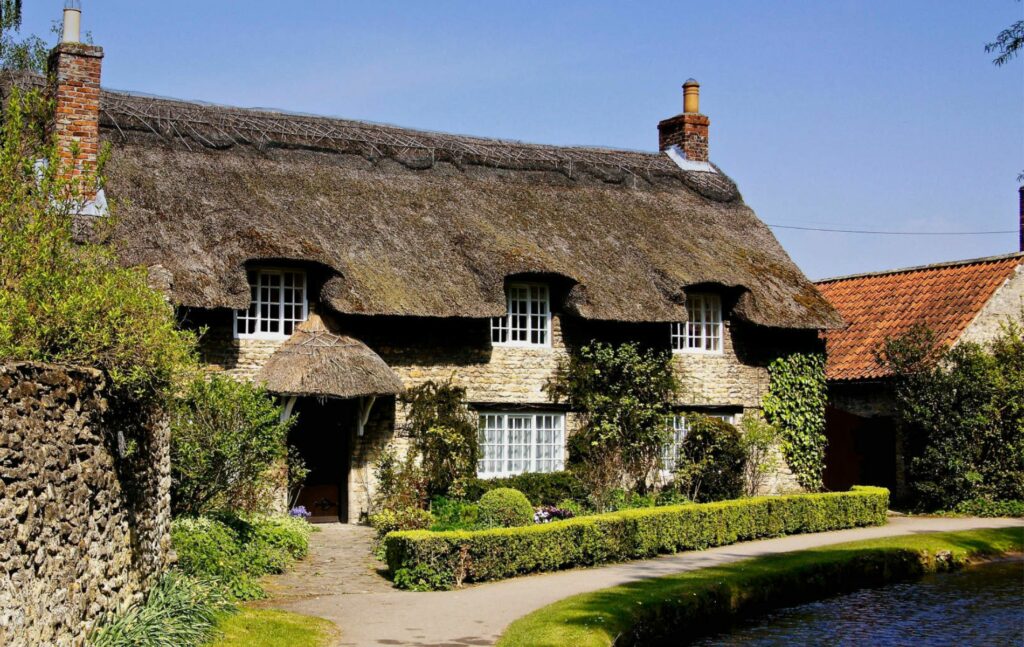
Employing specialist property professionals
Even if a property appears well-maintained, underlying structural issues may not be visible to an untrained eye. A chartered surveyor will conduct a full building survey, identifying potential concerns such as:
- Damp and Mould – Persistent damp can indicate deeper structural problems.
- Subsidence or Settlement – Cracks in walls, particularly around doors and windows, may suggest movement.
- Electrical and Plumbing Condition – Older properties may have outdated wiring or lead pipes that require upgrading.
A surveyor’s report will highlight essential repairs, helping buyers make informed decisions before purchasing.
Buying an old property
While purchasing an older home comes with additional considerations, well-maintained period properties often retain their value and appeal to buyers. High-quality refurbishments are particularly sought-after, making them a strong investment choice.
Some sought-after period features include:
- High or Low Ceilings – Adds character and reflects the era of construction.
- Original Cornicing and Beams – Enhances period charm and authenticity.
- Sash or Cross Windows – Heritage features that can be restored.
- Cast Iron Fireplaces and Latch Doors – Period elements that add warmth and originality.
Help to find a period property
If you are looking for an older property with period features and character, our team of professional property finders can assist in sourcing the ideal home.
We would be delighted to discuss your search requirements – contact us to learn more about how we can help you find the perfect period property.
